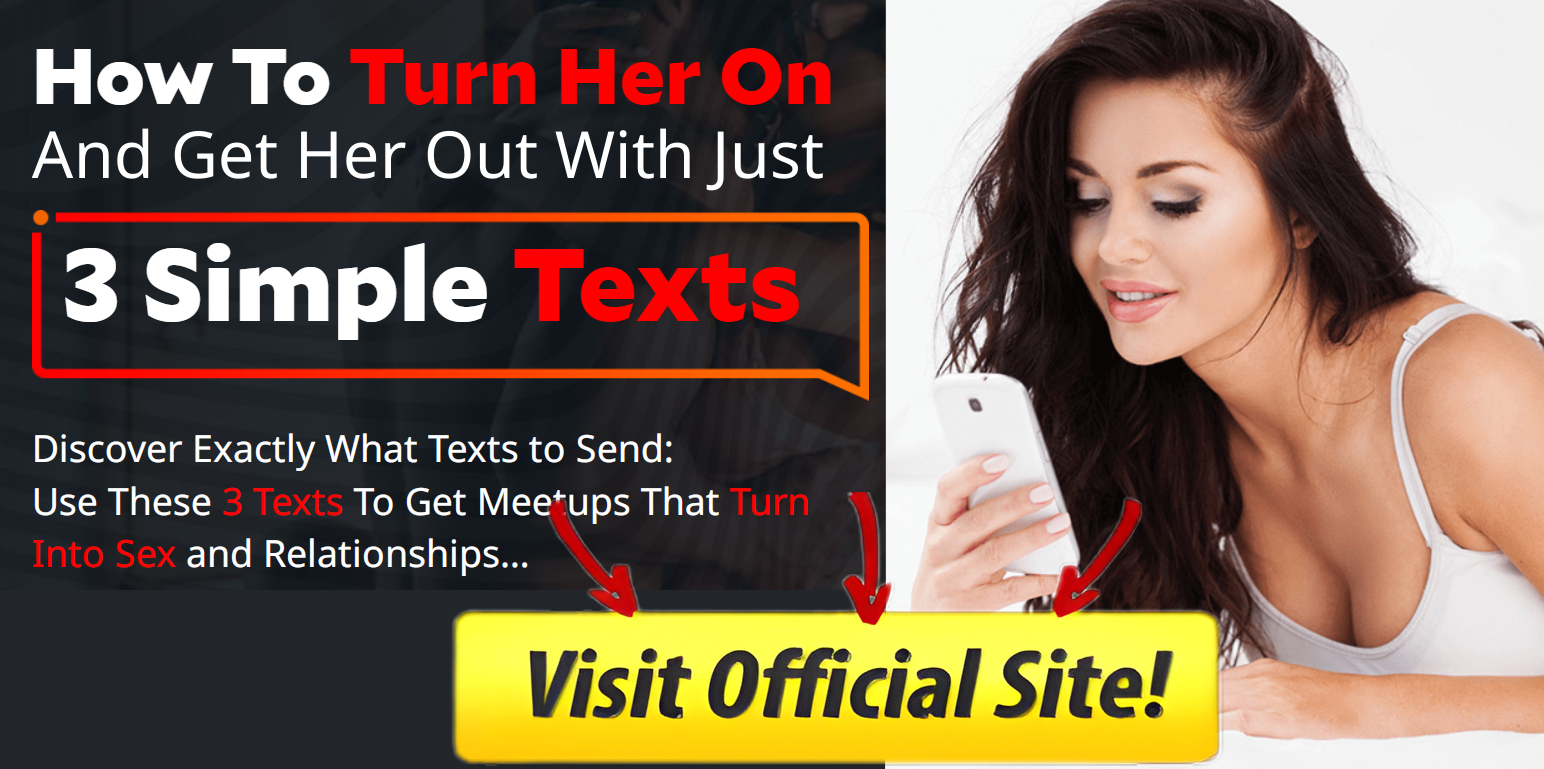What are the “Psychological Triggers” in “Magnetic Messaging by Bobby Rio and Rob Judge”?
In “Magnetic Messaging” by Bobby Rio and Rob Judge, “Psychological Triggers” are key elements designed to influence the emotions and responses of the person you’re texting. These triggers tap into basic human psychology to create attraction, maintain interest, and encourage deeper engagement. Here’s an overview of the main psychological triggers discussed in the program:
1. Curiosity
- What It Is: Curiosity is a powerful motivator that drives people to seek out more information. When you create a sense of mystery or intrigue, the other person feels compelled to continue the conversation to satisfy their curiosity.
- How It’s Used: You can trigger curiosity by leaving messages open-ended, hinting at something interesting without fully revealing it, or teasing upcoming stories or surprises.
- Example: “You won’t believe what happened today… I’ll tell you later 😉.”
2. Scarcity
- What It Is: Scarcity plays on the idea that people want what they perceive as limited or rare. When something or someone seems less available, it increases their perceived value.
- How It’s Used: Trigger scarcity by not always being immediately available to text, by taking time to respond, or by suggesting that your time is in demand.
- Example: “I’m heading out soon, but I wanted to quickly share this with you…”
3. Humor
- What It Is: Humor is a universal way to build rapport and make interactions more enjoyable. It creates a positive emotional response, making the person more likely to want to engage with you.
- How It’s Used: Use humor to break the ice, lighten the mood, or make the conversation more dynamic and engaging. Humor can also be used to diffuse tension or awkward moments.
- Example: “Just saw someone walk into a glass door—don’t worry, I totally didn’t laugh (okay, maybe a little).”
4. Challenge
- What It Is: The challenge trigger involves presenting yourself as a bit of a challenge, which can increase the other person’s interest and investment in the interaction. People often value what they have to work for.
- How It’s Used: Use playful teasing, be slightly mysterious, or avoid being overly available or eager. This can create a dynamic where the other person feels motivated to win your attention or approval.
- Example: “You’re going to have to try harder than that to impress me 😜.”
5. Validation
- What It Is: Validation is about recognizing and affirming the other person’s thoughts, feelings, or actions. It satisfies the human need for approval and can make the person feel good about themselves.
- How It’s Used: Give genuine compliments, show appreciation, or affirm their opinions or feelings. However, it’s important not to overdo it, as too much validation can come off as insincere.
- Example: “I love that you’re so passionate about [hobby/interest]—it’s really refreshing.”
6. Social Proof
- What It Is: Social proof refers to the influence that the actions and opinions of others have on our own behavior. If others find something or someone appealing, it often increases our perception of its value.
- How It’s Used: Subtly reference that you’re in demand or that others enjoy your company without bragging. This can be done by mentioning social activities or events where you’re popular or well-liked.
- Example: “Just got back from a fun night out with friends—what have you been up to?”
7. Anticipation
- What It Is: Anticipation builds excitement for something that’s going to happen in the future. It keeps the other person engaged and looking forward to what’s next.
- How It’s Used: Create anticipation by hinting at future plans, teasing upcoming events, or simply by making the other person wait a bit before revealing something interesting.
- Example: “I’ve got something cool planned for us this weekend—you’re going to love it.”
8. Investment
- What It Is: Investment refers to the idea that the more effort someone puts into something, the more they value it. By encouraging the other person to invest time or effort into the interaction, you increase their emotional involvement.
- How It’s Used: Get them to share more about themselves, ask for their opinions, or involve them in planning activities. The more they invest in the conversation, the more they’ll value it.
- Example: “I’m curious—what’s your take on [topic]? I’d love to hear your thoughts.”
9. Reciprocity
- What It Is: Reciprocity is the social norm of responding to a positive action with another positive action. When you do something nice or give something valuable, people feel a natural urge to reciprocate.
- How It’s Used: Give compliments, share something personal, or do something thoughtful. This can prompt the other person to respond in kind, deepening the connection.
- Example: “I really appreciated your advice on [topic]—it really helped.”
10. Mystery
- What It Is: Mystery creates a sense of intrigue by withholding information. When people don’t have all the details, they become more interested in finding out more.
- How It’s Used: Be a little vague or leave certain things unsaid, prompting the other person to ask questions or stay engaged to uncover the full story.
- Example: “There’s more to that story… but I’ll save it for another time 😉.”
Conclusion
The “Psychological Triggers” in “Magnetic Messaging” are designed to tap into fundamental human emotions and behaviors to build attraction and keep the conversation engaging. By understanding and applying these triggers—such as curiosity, scarcity, humor, challenge, and anticipation—you can make your texts more compelling and increase the likelihood of creating a meaningful connection. These triggers help you navigate the subtleties of texting with confidence and effectiveness, ensuring that your interactions are both enjoyable and attractive.

